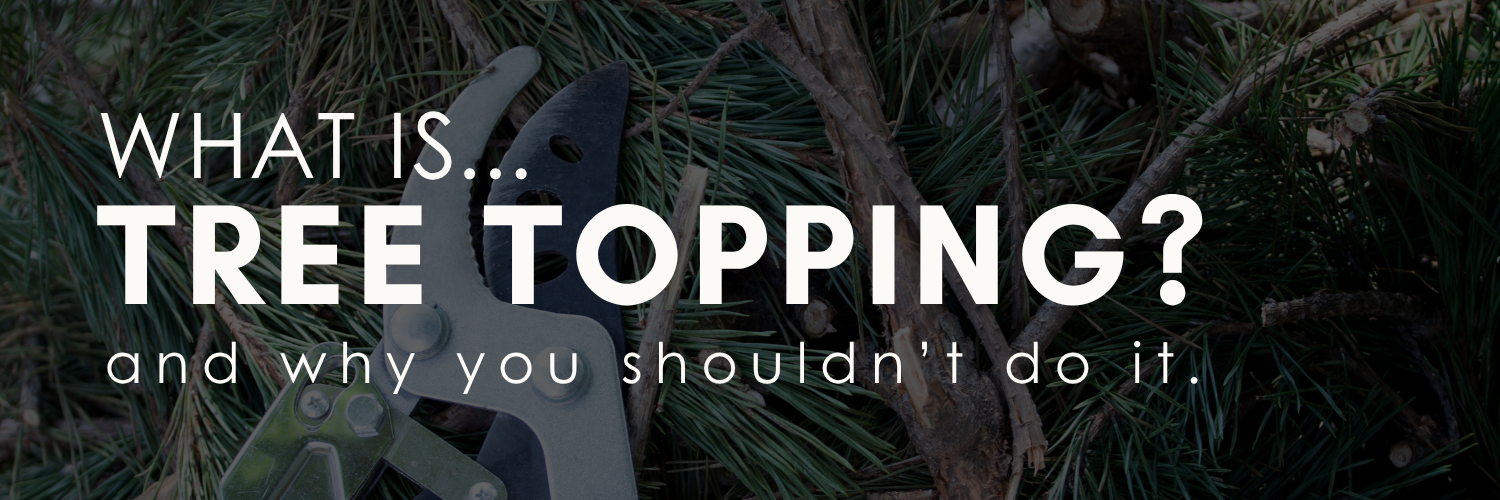What is tree topping and why you shouldn’t do it.
🌳 Tree Topping: What It Is and Why People Used to Do It
Tree topping is the practice of cutting back large branches or limbs to control a tree’s size, shape, or appearance. Unlike pruning, which is more precise and health-focused, lopping tends to be more aggressive — often removing significant portions of the canopy. Historically, people turned to tree Topping for quick fixes: to prevent branches from interfering with power lines, to reduce storm hazards, or simply to make a tree look “tidier.” It was seen as a practical solution for overgrown trees or those encroaching on structures. But while it might have seemed helpful at the time, we’ve learned a lot since then — and the downsides are hard to ignore A B C.
🚫 Why You Shouldn’t Top Your Trees
Here’s the truth: topping can do more harm than good. When large branches are removed indiscriminately, it leaves behind open wounds that the tree struggles to heal. These wounds become entry points for pests and diseases, weakening the tree’s natural defenses. Worse, the sudden loss of foliage shocks the tree, triggering frantic regrowth in the form of weak, spindly shoots — which are far more vulnerable to breakage and infestation. Over time, this cycle of stress and regrowth can shorten the tree’s lifespan and compromise its structural integrity.
Insects love topped trees. The exposed wood and weakened tissue attract borers, beetles, and fungal spores, turning your once-healthy tree into a buffet. And because topping often removes the tree’s natural canopy, it disrupts its ability to regulate temperature and moisture — making it more susceptible to drought and sunburn. In short, lopping doesn’t just change how a tree looks; it changes how it lives.
🌲 Pruning in Southern Utah: A Better Way to Care for Your Trees
In Southern Utah, where the climate swings between dry heat and occasional winter storms, proper pruning is essential for tree health and safety. Instead of topping, trees should be pruned annually — ideally in late winter or early spring before new growth begins. This allows arborists to remove dead, diseased, or crossing branches while encouraging strong, balanced growth. Pruning also improves airflow through the canopy, reducing the risk of fungal infections and helping trees withstand high winds.
For fruit trees, regular pruning boosts production and keeps the tree manageable. For shade trees, it ensures they grow with a sturdy structure that won’t threaten your home or power lines. And for ornamental trees, it keeps them looking their best — naturally shaped, healthy, and vibrant. At Master Arbor, we believe in working with the tree’s biology, not against it. Pruning is a conversation with the tree; topping is a monologue. Let’s choose the approach that listens.
Need to have your trees trimmed or pruned, reach out to us to take a look.

